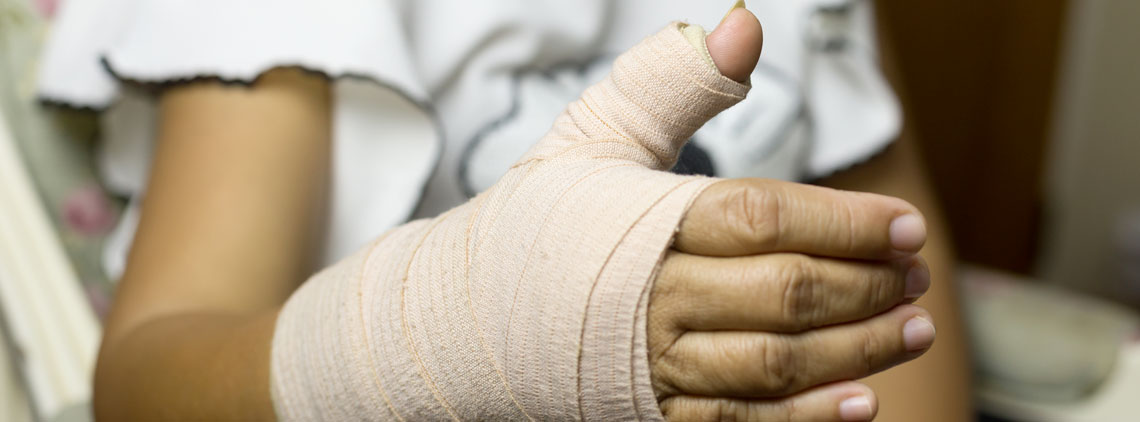
Hand and Finger Fractures
Overview
Our hand is made up of 27 smaller bones. We have five bones in our palm, 14 in our fingers, and eight in our wrist. When one bone is out of place or broken our whole hand is out of alignment. Finger fractures account for around 10% of all broken bones. If you don’t treat your hand and finger fractures, you may continue to have a stiff and painful finger in the future.
More than ⅓ of all these fractures seen in adults occur in the bone that leads to our little finger in the palm of our hand. You can fracture your finger by slamming it in the door, when you land on it trying to break a fall, or when you try to catch a ball. Some experience a hand fracture after dealing with power tools like power saws or power drills. If you have this condition, you likely have swelling, tenderness, bruising, and deformity of the injured finger or on the hand. Your most noticeable symptom is likely pain. You may also have the inability to move your hand or finger. You may exhibit these symptoms as early as the moment you experience the injury or five to ten minutes later.
Nonsurgical Treatment Options for Hand and Finger Fractures
During an in-office evaluation, we will begin by examining your hand and fingers. We will ask you how and when the injury occurred. These questions are asked to determine what type of fracture you are experiencing. There are three major types of fractures — a straight break, a spiral, or shatter. We may request to do an x-ray to get a clear view of what’s happening under the skin. Then we will set your broken bone in place. A splint or cast to hold your finger or hand straight. This will prevent it from injuring further. We may also splint your fingers to the fractured one. Typically patients wear the splint for around 3 weeks. You can expect a full recovery in four to six weeks of healing.

